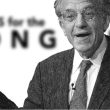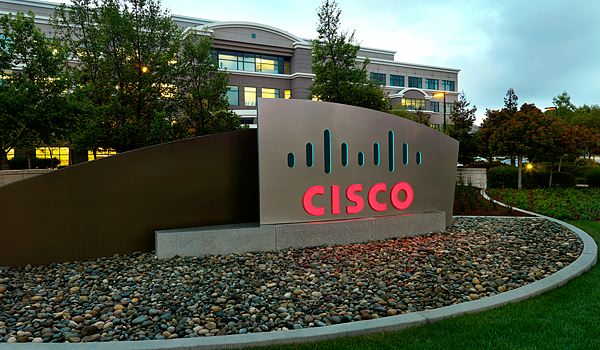In the most recent episode of "Raise Your Average,”1 co-hosts Pierre Daillie and Mike Philbrick welcome back Tony Dong, founder of ETF Portfolio Blueprint and Lead ETF Analyst at ETF Central. With his trademark candor and clear-eyed analysis, Dong dismantles the persistent myths of traditional diversification and pushes for a more modern, capital-efficient approach to risk management.
"It always blows my mind when I see investors being willing to allocate five, 10, even 15 to 20% to a single equity because they have conviction in it," Dong says. "Yet they refuse to allocate even half that to a diversified trend-following strategy capable of delivering crisis alpha."
The Problem With Passive Buy-Write Strategies
Dong opens fire on the limitations of passive covered call ETFs like QYLD. Many of these strategies, he argues, are flawed by mechanical design: "They follow an index. They sell at-the-money calls on 100% of the portfolio without regard for earnings, Fed meetings, or market conditions."
This rigid methodology leaves return on the table. Dong contrasts this with active strategies like JEPI (JPMorgan US Equity Premium Income Active ETF) or DIVO (Amplify CWP Enhanced Dividend Income ETF), which retain discretion over strike price, notional exposure, and timing—allowing for more intelligent risk-reward tradeoffs.
"Active covered call ETFs tend to outperform because they can be opportunistic," he asserts.
The Yield Trap: QYLD vs. Logic
One of Dong's clearest examples of retail misbehavior is the ongoing popularity of QYLD (Global X Nasdaq 100 Covered Call ETF).
"QYLD pays out a 12% yield, but in March 2025, 97.15% of that was return of capital. You're just getting your own money back," he says.
He backtests a portfolio of 50% QQQ and 50% T-bills—which outperforms QYLD on both total and risk-adjusted return bases.
"There's no scenario where I would pay Global X 60 basis points to cap my upside, retain full downside participation, and get my money handed back to me monthly," he says bluntly.
Diversify Your Diversifiers
"Stocks and bonds aren't enough anymore," says Dong, citing 2022's failure of traditional 60/40 allocations. In a world of geopolitical shocks, stagflation threats, and rising volatility, investors need tools that adapt. Dong promotes diversified trend-following, volatility overlays, and buffered ETFs as part of a modern risk toolkit.
"If it's good enough to screenshot, it's good enough to sell," Dong jokes when discussing the use of BuyWrite strategies on assets like gold and Bitcoin. Opportunistic income harvesting, especially when volatility is high, can be effective if done actively or based on trend signals.
Leverage, Return Stacking, and the Case for Trend
Dong champions return stacking and risk parity as sophisticated alternatives to brute-force leverage. "Capital-efficient ETFs allow you to hold multiple uncorrelated assets, each designed for different macro regimes, and then layer them for better overall outcomes."
Mike Philbrick echoes the importance of this approach: "You're not doubling down on beta—you're adding leverage to diversify, not concentrate."
The Swiss Option
In a surprising macro pivot, Dong makes the case for Swiss equities and the Swiss franc as geopolitical safe havens.
"Switzerland isn't in the EU or NATO. They have 0.25% interest rates, no inflation issues, and are incredibly stable," Dong notes.
He recommends low-cost ETFs like FLSW (Franklin Templeton FTSE Switzerland ETF) for equity exposure and FXF (Invesco CurrencyShares® Swiss Franc Trust ETF) for Swiss franc currency hedging.
Behavioral Blind Spots and Crisis Alpha
The episode closes on the human side of investing. Dong highlights how behavioral biases, poor timing, and an overreliance on recent performance derail even the most disciplined strategies.
"People flee into tail risk funds and TLT after the drawdown has already occurred. They chase safety at exactly the wrong time," he says. His prescription? "Hold your alternatives. Stay the course. And for the love of compounding, rebalance."
In a world where traditional diversifiers have lost their punch, Dong’s message is clear: adapt or fall behind. For those ready to evolve, the ETF landscape offers tools that are smarter, more tactical, and ultimately more aligned with real-world investor needs.
Footnote:
1 Average., Raise Your. "Bond Voyage! Saying Goodbye to Traditional Diversifiers with Tony Dong." YouTube, 15 May, 2025.















